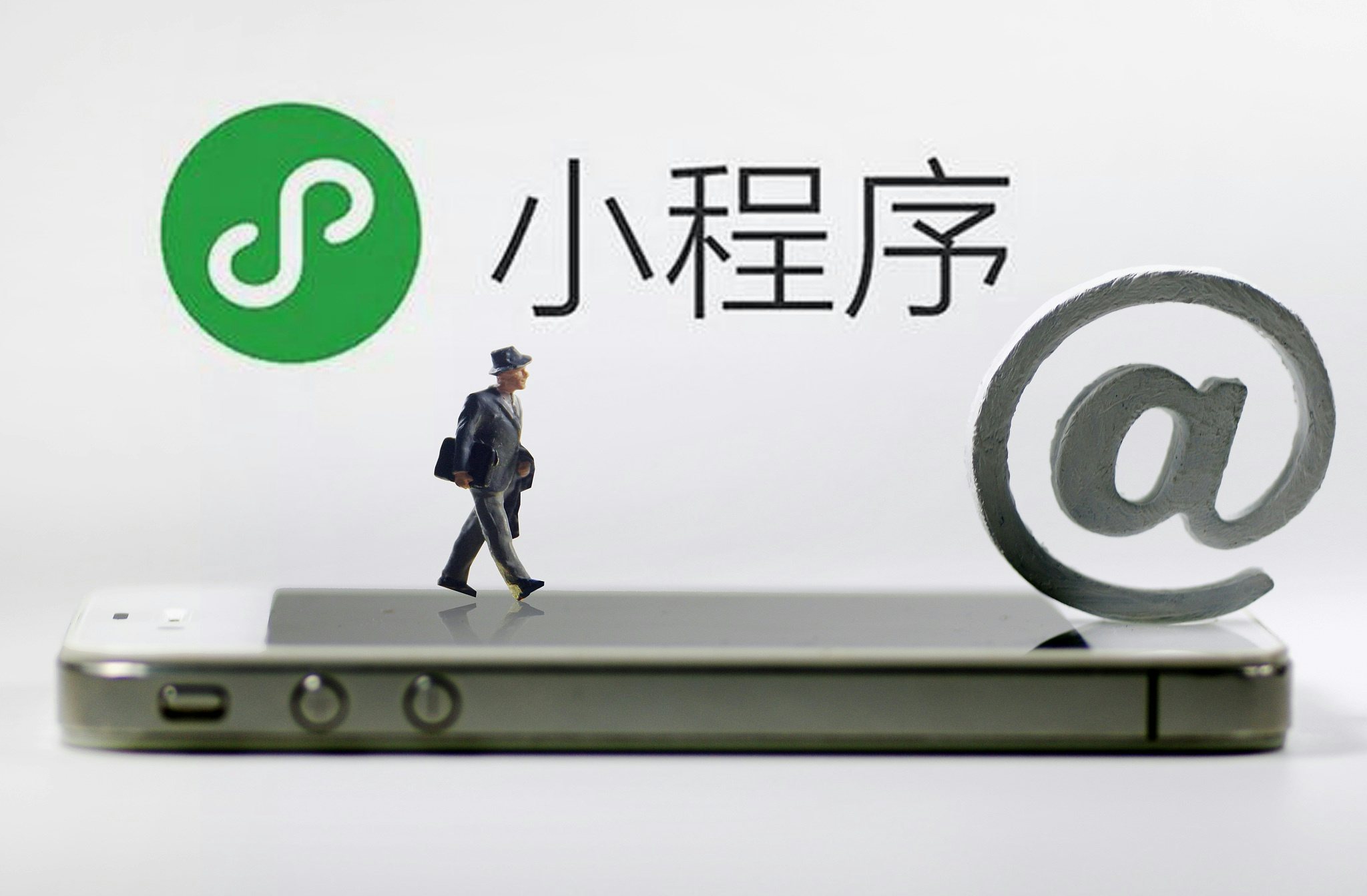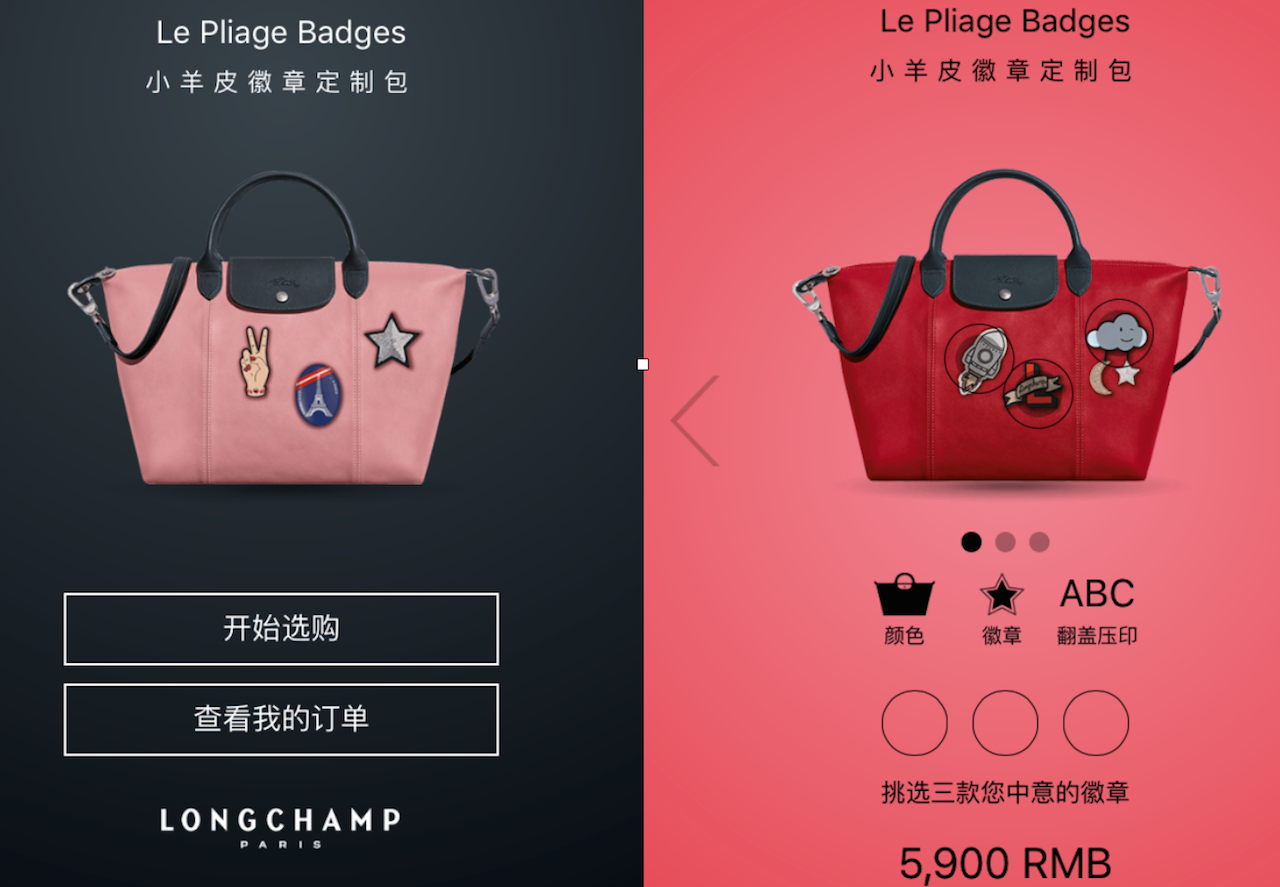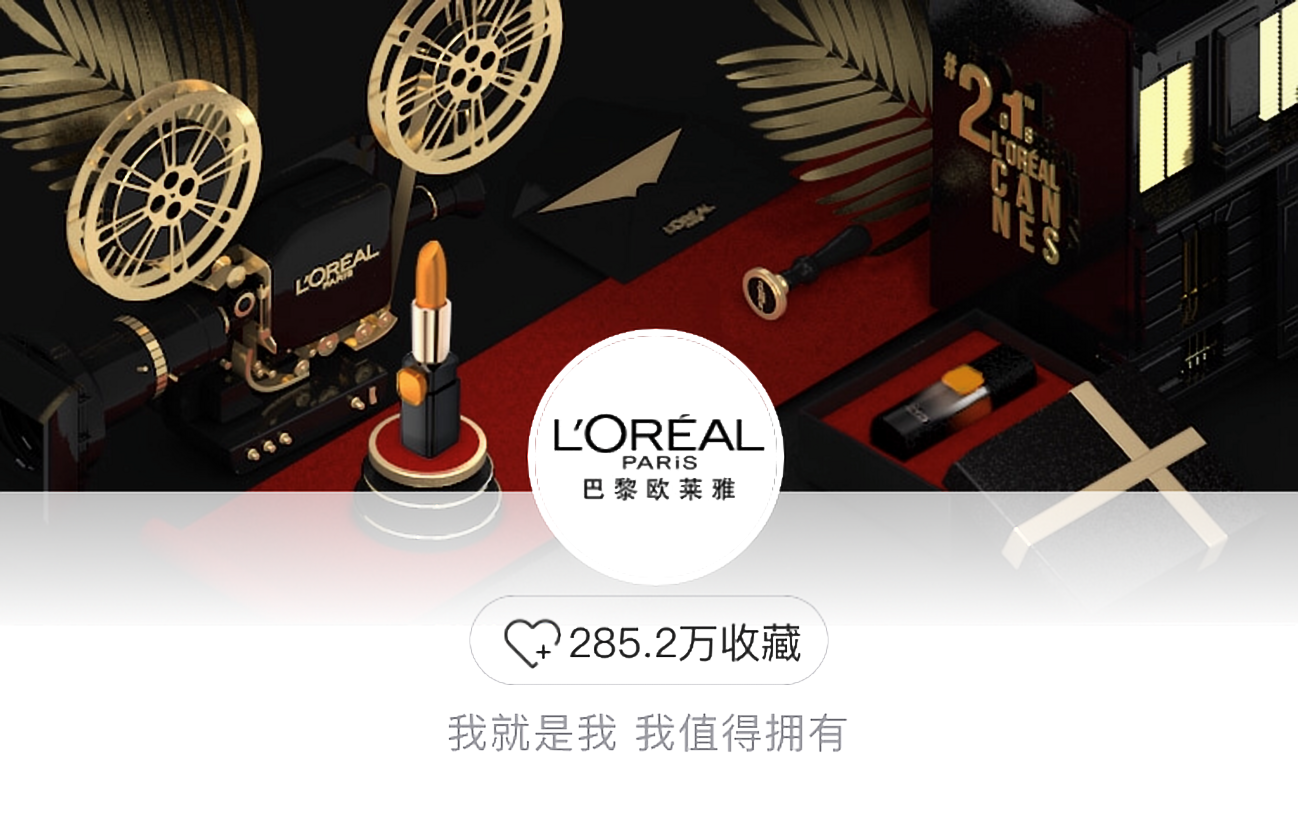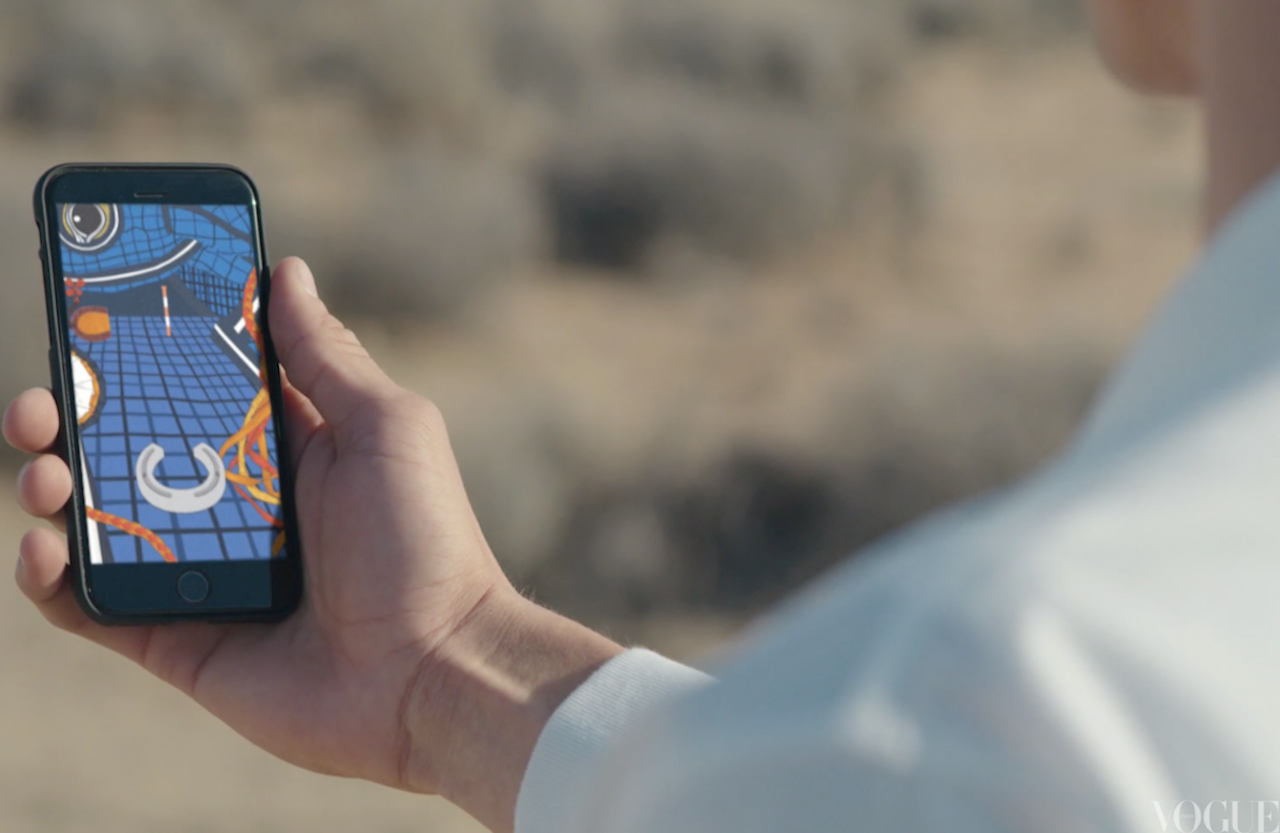Since their launch in January 2017, WeChat's mini-programs have enjoyed explosive growth. Luxury brands are able to create their own smaller "apps within the app", enabling prospective consumers to peruse and purchase without leaving the main WeChat application.
According to a report released by Kukeduo, a third-party mini-program developer, there were approximately 600,000 mini-programs available online by the end of 2017. Each day, an average of 20,000 new mini-programs enter the market, competing for the attention of more than one billion daily active users on the WeChat app.
Chinese users have shown a growing interest in using mini-programs for a number of purposes including entertainment, news and retail. WeChat agency WalktheChat reported that time spent on WeChat mini-programs every day rose from 1.6 minutes to 9.8 minutes by the end of 2017. In addition, 87 percent of users spent more than 200 RMB a month via mini-programs.
For luxury brands selling to China, the mini-programs offer the potential to monetize on WeChat. Since the middle of last year, a slew of brands have released mini-programs to test out the potential of the new sales channel.
Curiosity China, a digital and tech marketing agency operating in China and France, released the report “Mini Program in the Luxury Industry - June 2018” last week. The report lists a number of successful mini-program launches by major luxury brands. Here are five golden rules of selling on mini-programs, summarized by Jing Daily:
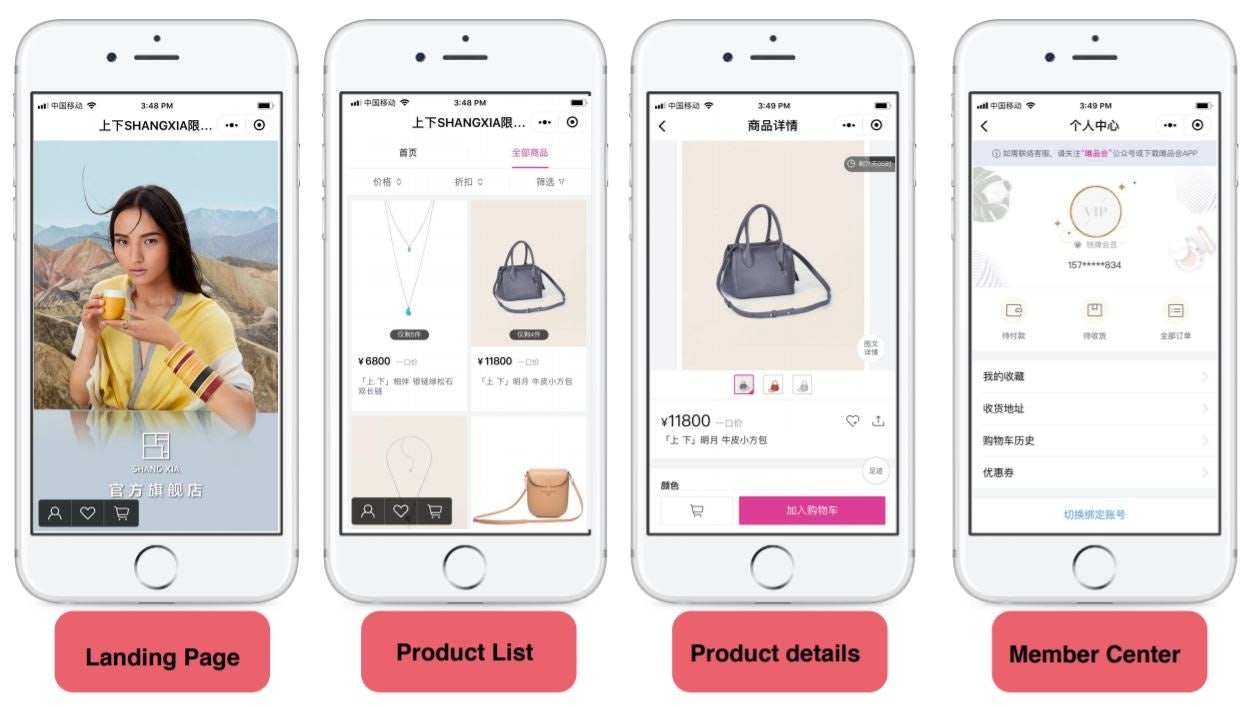
1. Be Visually Appealing#
For digital marketers, an image speaks a thousand words. But WeChat's closed design structure does not make it easy to implement sharp, smooth visuals. Mini-programs offer an alternative, giving brands full control of design and selection of images. According to the report, Hermes-owned Label Shang Xia succeeded in using beautiful designs to reflect the brand's aesthetics and develop a sense of brand loyalty.
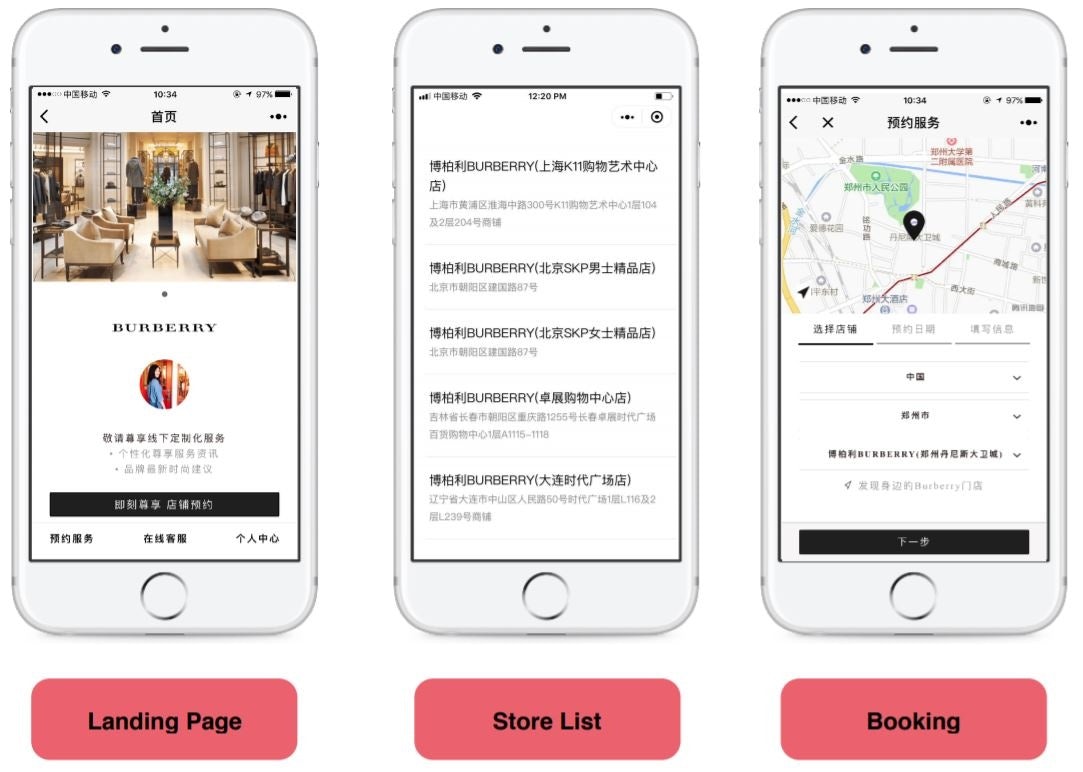
2. Embrace Omnichannel:#
Mini-programs can direct online interest to offline traffic, making "store locator" a common feature implemented by brands. In the case of Burberry, users are able to search nearby stores within the program and immediately make an appointment.
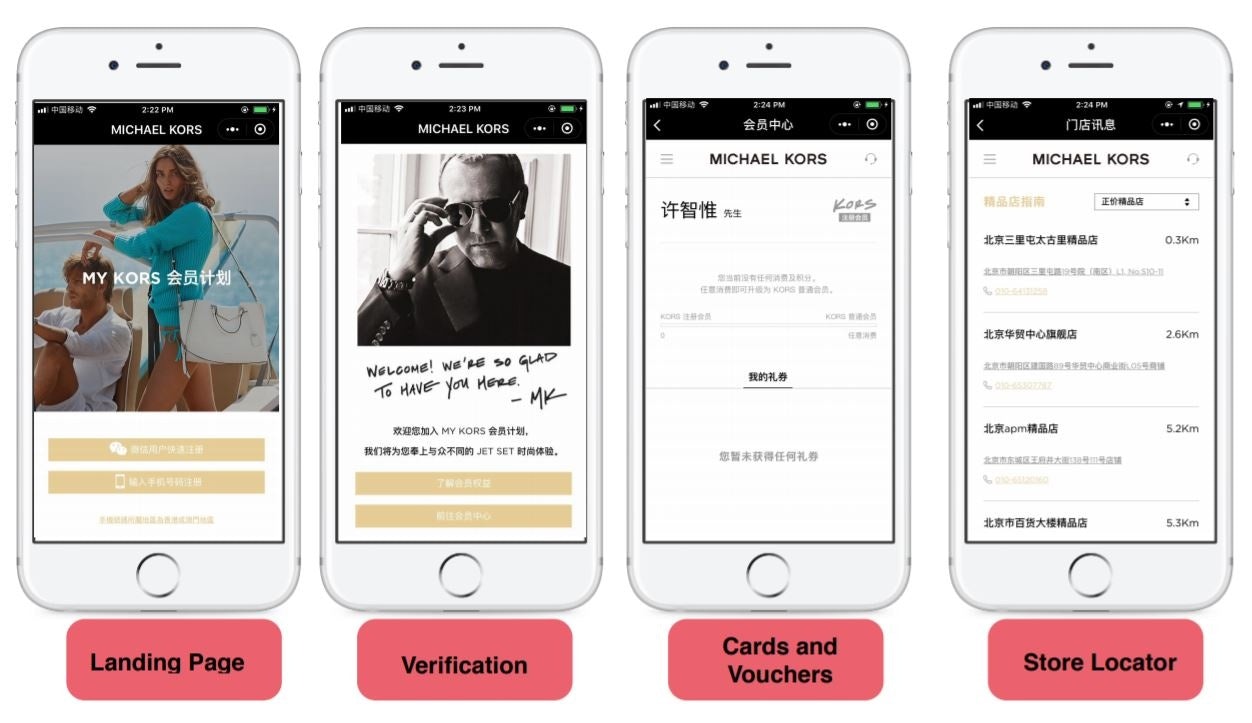
3. Be Customer-Oriented:#
Mini-programs can now serve as a customer relationship management (CRM) center. Recently, brands have been using them to recruit new members, allow existing members to track their status, and offer perks to encourage spending. American luxury brand Michael Kors' mini-program featured a handwritten message from the designer himself, inviting Chinese consumers to become part of the Kors family.
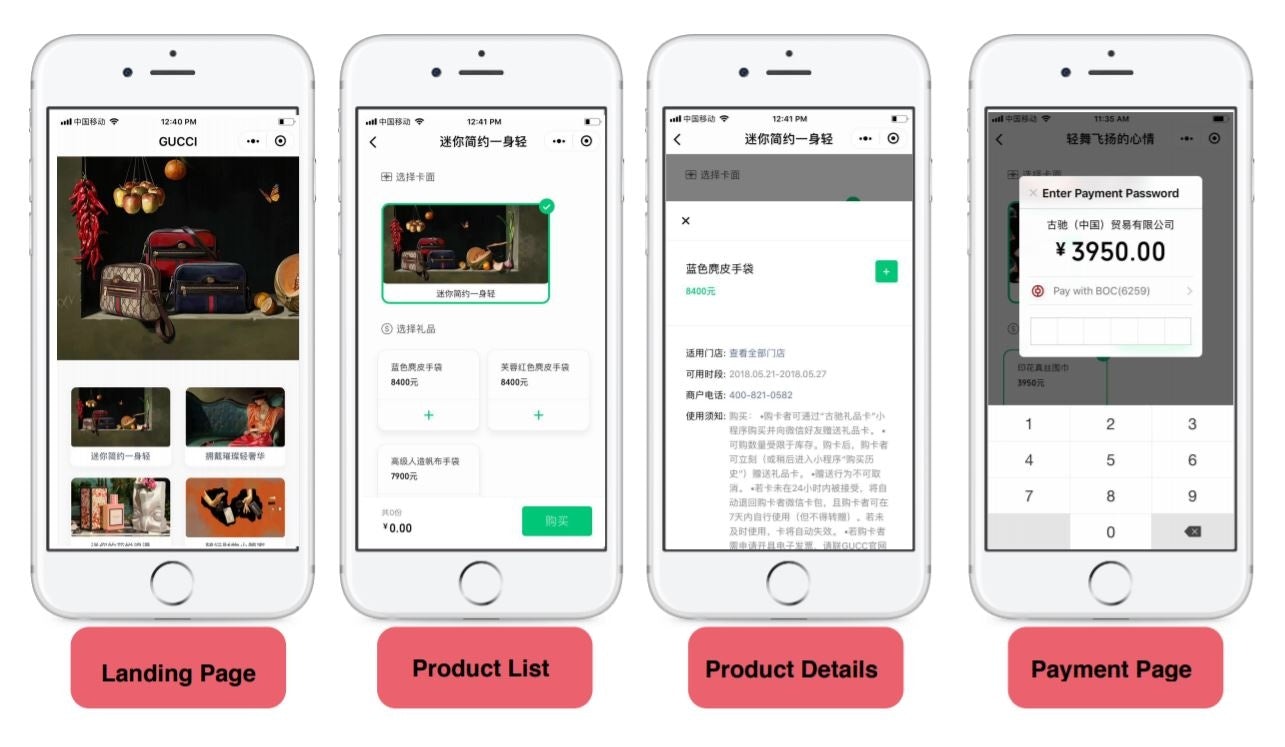
4. Get Social:#
A good mini-program should also allow users to engage with their contacts on the app. For example, Gucci's latest mini-program campaign lets consumers buy products for their friends and families. Once an order is complete, buyers can send notifications to friends, letting them know a gift is on the way.
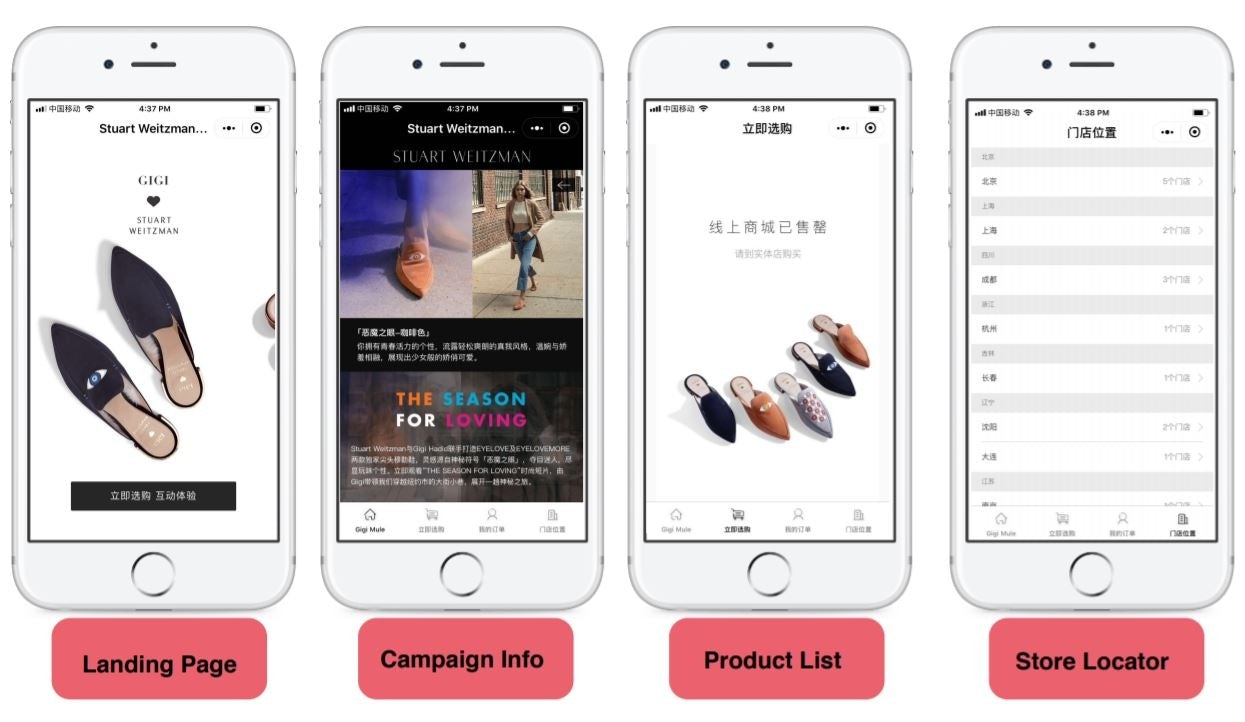
5. Have Fun:#
Being able to have fun whilst using a mini-program is important to consumers. Stuart Weitzman designed a three-card flip game for users to discover their personal style before placing an order. Interactive games are a great way to boost relationships with potential buyers, and provide a personalized service.
